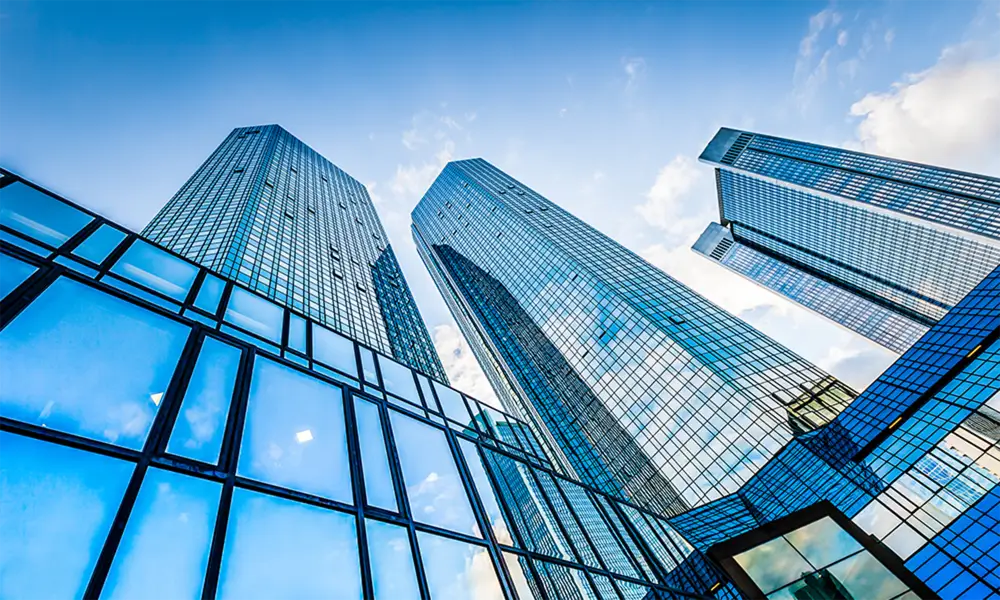

The Benefits of Low-E Glass Surface Coating
In the realm of modern architecture and energy efficiency, low-emissivity (low-E) glass has emerged as a transformative innovation. This specialized coating is designed to enhance the performance of glass windows and façades by reflecting infrared energy while allowing visible light to pass through. The incorporation of low-E glass surface coating has gained traction in both residential and commercial buildings due to its numerous benefits.
Energy Efficiency
One of the most significant advantages of low-E glass is its contribution to energy efficiency. The low-E coating helps to minimize the amount of heat that escapes from a building during colder months while reflecting solar heat away during the summer. This dual action helps to maintain comfortable indoor temperatures without over-reliance on heating or cooling systems. As a result, homeowners and businesses experience a reduction in energy costs, which can be a substantial financial benefit over time.
UV Protection
Aside from enhancing thermal performance, low-E glass also provides effective UV protection. It filters out harmful ultraviolet rays that can cause fading and damage to interior furnishings, artwork, and flooring. By minimizing UV exposure, low-E glass surface coating helps preserve the aesthetic and structural integrity of indoor spaces. This feature is particularly valuable in locations with abundant sunlight, where prolonged exposure can lead to significant wear and tear on materials.
Enhanced Comfort

The use of low-E glass coating contributes significantly to overall occupant comfort. By regulating solar heat gain and minimizing drafts, low-E glass helps create a more stable indoor climate. This stability not only improves comfort levels but also enhances the overall living and working environment. In commercial spaces, this can lead to increased productivity, as employees benefit from a more pleasant atmosphere.
Environmental Impact
The environmental benefits of low-E glass cannot be overlooked. By improving the energy efficiency of buildings, low-E coatings play a crucial role in reducing carbon footprints. Lower energy consumption means decreased reliance on fossil fuels and a reduction in greenhouse gas emissions. In an era where sustainability is paramount, low-E glass represents a step forward in creating eco-friendly buildings that align with global climate goals.
Aesthetic Versatility
In addition to its functional benefits, low-E glass offers aesthetic versatility. The coating can be applied to a variety of glass types and doesn’t significantly alter the appearance of windows. Architects and designers appreciate this quality, as it allows them to create visually appealing structures without sacrificing performance. Low-E glass can complement modern designs while maintaining the traditional elegance of classic architecture.
Conclusion
In conclusion, the advancements in low-E glass surface coating technology have revolutionized the way we think about windows and building envelopes. Its ability to improve energy efficiency, provide UV protection, enhance comfort, reduce environmental impact, and offer aesthetic flexibility makes it an indispensable choice for modern constructions. As more people become aware of these benefits, the adoption of low-E glass is expected to grow, leading to more sustainable, comfortable, and visually appealing buildings. By investing in low-E glass, homeowners and businesses alike are taking a significant step towards a brighter, more energy-efficient future.